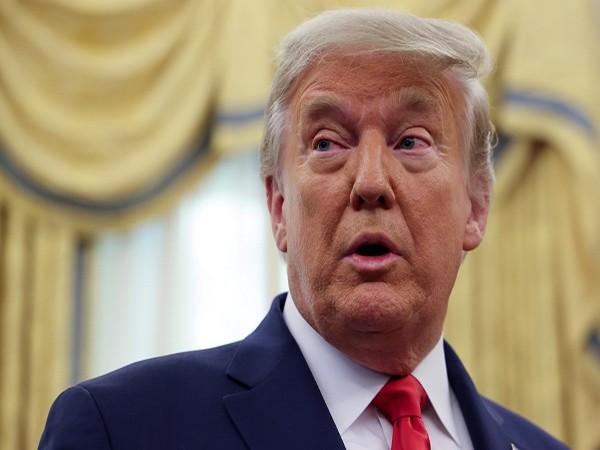
Sri Lanka's central bank reveals much-awaited domestic debt restructuring plan
Jun 30, 2023
Colombo [Sri Lanka], June 30: Sri Lanka's central bank revealed on Thursday that the country is presenting three options to domestic holders of locally issued dollar-denominated bonds.
The first option for domestic holders of dollar-denominated bonds would mirror the treatment given to investors in the country's international sovereign bonds, said Central Bank Governor Nandalal Weerasinghe addressing a press conference.
Sri Lanka is requesting foreign investors who had bought its international sovereign bonds to accept a 30 percent reduction in the value of the bonds, a maturity period of six years, and an interest rate of 4 percent, said Weerasinghe.
The second option is that the investors do not take a principal haircut, but their bonds receive a 15-year maturity and 9-year grace period at 1.5 percent interest rate, said Weerasinghe.
The third option is to change their holdings for local currency-denominated instruments and an investor going with this does not need to take a principal haircut, receives 10-year maturity at the SLFR (Sri Lanka Standing Lending Facility Rate) plus 1 percent interest rate.
Sri Lanka's total debt is around 83.6 billion U.S. dollars, according to official data. Foreign debt amounts to 41.6 billion dollars and domestic debt amounts to 42 billion dollars.
Out of the domestic debt, 25 billion dollars are in treasury bonds, 11 billion in treasury bills, 5.6 billion in development bonds and the rest has been taken from various institutions, mainly the Employment Provident Fund.
Weerasinghe said that they will guarantee a 9 percent return on the Employment Provident Fund, Sri Lanka's main pension fund, after a restructuring of its bond portfolio.
Weerasinghe said they want to protect the domestic banking sector, as the banking sector has already borne a significant burden of the fiscal adjustment and the economic crisis and has been paying higher tax rates than other corporations.
"Any disturbance to financial system stability could be costly. And disruptions to the banking system will impact the effective transmission of monetary policy. So the main effort is preserving the 57 million customers' deposits in the banks and leaving no room for a bank run," he said.
He said the central bank wants to bring the government debt stock to a sustainable level within 10 years as per an agreement with the IMF.
The number one benchmark in this context is reducing public debt to GDP to 95 percent from 128 percent, he said.
Secondly, the gross financing needs (GFN) of the government needs to be reduced to below 13 percent of GDP from 34.6 percent of GDP between now and 2032.
"Thirdly, foreign debt servicing needs to be reduced to below 4.5 percent of GDP from the current 9.4 percent of GDP within the same period," he said.
Source: Xinhua






